The Endless Crowds of Yellowstone
There’s still plenty of beauty to go around.
It’s four o’clock by the time I reach Old Faithful and, strange as it may seem, I can’t help feeling like I’m back in Angkor Wat. Thankfully it’s nowhere near as hot and humid as Siem Reap. Unfortunately, it can be harder to avoid the crowds.
The crowds are a testament to the beauty of Yellowstone, but it can be overwhelming, especially if you happen to arrive fresh from the wilds of Grand Teton National Park.
Crowds can be fun though. Like Angkor Wat, every fashion faux pas you’ve ever dreamed of is represented somewhere in the Old Faithful vicinity. I’m partial to the plaid bermuda shorts with collared short-sleeved shirt look, but that’s just because I can’t figure out where people buy plaid bermuda shorts in this day and age.
One of the things that is repeated over and over again in Ken Burns’ The National Parks series is that the early park advocates wanted to ensure that Yellowstone and Yosemite (the first two parks) did not “become another Niagara Falls.” The over-commercialization of Niagara Falls had made America the laughing stock of Europe’s late 19th century elite. And if there’s anything America’s elite can’t stand, to this day, it’s being the laughing stock of Europe’s elite.
One of the goals of those early parks was to make sure that didn’t happen everywhere.
My first thought on arriving at Old Faithful in Yellowstone National Park was, well, guess we screwed that one up.
There may not be the neon banners and giant lighted arrows you’ll find at Niagara Falls (now itself a “National Heritage Area”), but it’s pretty much the same idea. There’s a service station, several giant hotels, half a dozen restaurants and a colossal new Visitor Center (opening August 25, 2010).
Old Faithful is about as commercialized as it gets in the National Park system and it’s a shame. But it could be worse. Before Yellowstone was protected visitors used to take an axe to Old Faithful and break off a chunk to take home as a souvenir.
On the plus side, you always know where the wildlife is because there will be a giant traffic jam for every buffalo, moose, elk or grizzly bear that’s within visible range of the road.
As it stands, at least that no longer happens, but Yellowstone is very much a “park” as opposed to any sort of wilderness.
If you get out in the backcountry you’ll find plenty of wilderness, but the geothermal pools and fountains are, for the most part, not in the backcountry. If you arrive in peak season like I did, expect crowds. Disneyland-size crowds.
The key to any overly-crowded place is either give up and leave or slow down and force yourself to relax. I considered the former, but ended up doing the latter, though not necessarily by choice in the beginning.
Thanks to some sort of knee strain I acquired up in the Teton backcountry, I spent most of my time in Yellowstone hobbling, limping around the pools at about half-speed. It hurt, as did the blister on my foot, but if I stopped frequently enough and walked slow enough on the downhill stretches it wasn’t to bad. And it had an auxiliary benefit — I saw more.
I saw considerably more than I might have if I had just strolled around. After all, at first glance if you’ve seen one geothermal pool you’ve essentially seen them all. But if you spend some time with them (sitting on the benches, rubbing your knee or reading the signs while standing on one leg) you start to notice the little differences — the way the water changes the limestone structure of the pools right before your eyes or the way the colors are subtly different shades in each pool (the product of slight temperature differences or different solar exposures or the amount of sulfur in the water).
The famous colors of Yellowstone’s thermal pools are the result of bacteria, which, like plants, respond to changes in environment. The water color in the larger pools varies as well — from a deep sapphire blue to bright teal. The more interesting ones are surrounded by a kaleidoscope of colors created by the bacteria.
Beyond the colors, Yellowstone is a land of textures — the bacterial mats form intricate patterns and the movement of the water sculpts them into miniature scenes that look like something from another world.
In the end there is wilderness here, even if it’s just inches from the boardwalks that transport thousands around the geothermal pools. It may not be wildness on a grand scale — the sweeping mountain peaks or wild rivers of other parks — but in some ways that makes it more enticing. As one Ranger told me, Yellowstone isn’t about the big picture, the grand scenery, it’s about the tiny details within each pool. To really see Yellowstone, he said, you have to take your time, move slowly and look closely.
Yellowstone may be about the tiny details within the surreal world of it’s geothermal pools, but for me the most surreal experience in Yellowstone is not the wild colors, but the Firehole River.
To all appearances the Firehole River looks like an icy cold mountain stream cutting its way through the mountain meadows and pine forests of Yellowstone. But thanks to all the heat just below the surface, and the runoff from the fountains and pools that it flows by, when you stick your foot in the river it feels like the Gulf of Thailand — crystal clear, lukewarm and inviting. The sensation is disconcerting, a disconnect between expectation and reality, but it’s great for swimming on an otherwise mild day.
The river betrays it’s strangeness in other ways too — look a bit closer and you’ll find giant fans of algae, something you’d never expect in a typical, chilly, mountain stream. In fact the river is more like a tropical sea than something running through the mountains.
Another of my favorite moments in Ken Burns’ National Parks series is something the famously whimsical John Muir used to do: Muir liked to put his head down between his knees and look at the world upside down, to see what he called its “upness.” It’s a great reminder that the world is always what you see, nothing more, nothing less. But that vision is not something static, it is something you are always taking in, always making new. That even something as simple as looking at it upside down can reveal everything all over again is remarkable when you stop and think about it.
Yes, Yellowstone is crowded, so is Angkor Wat, but both are still what they are — beautiful, fantastic, extraordinary. If you take a bit of time, slow down, ignore the bermuda shorts and just look in your own way there is always something out there that no crowds can take away from you, there is always something out there that is you. There is always something out there.
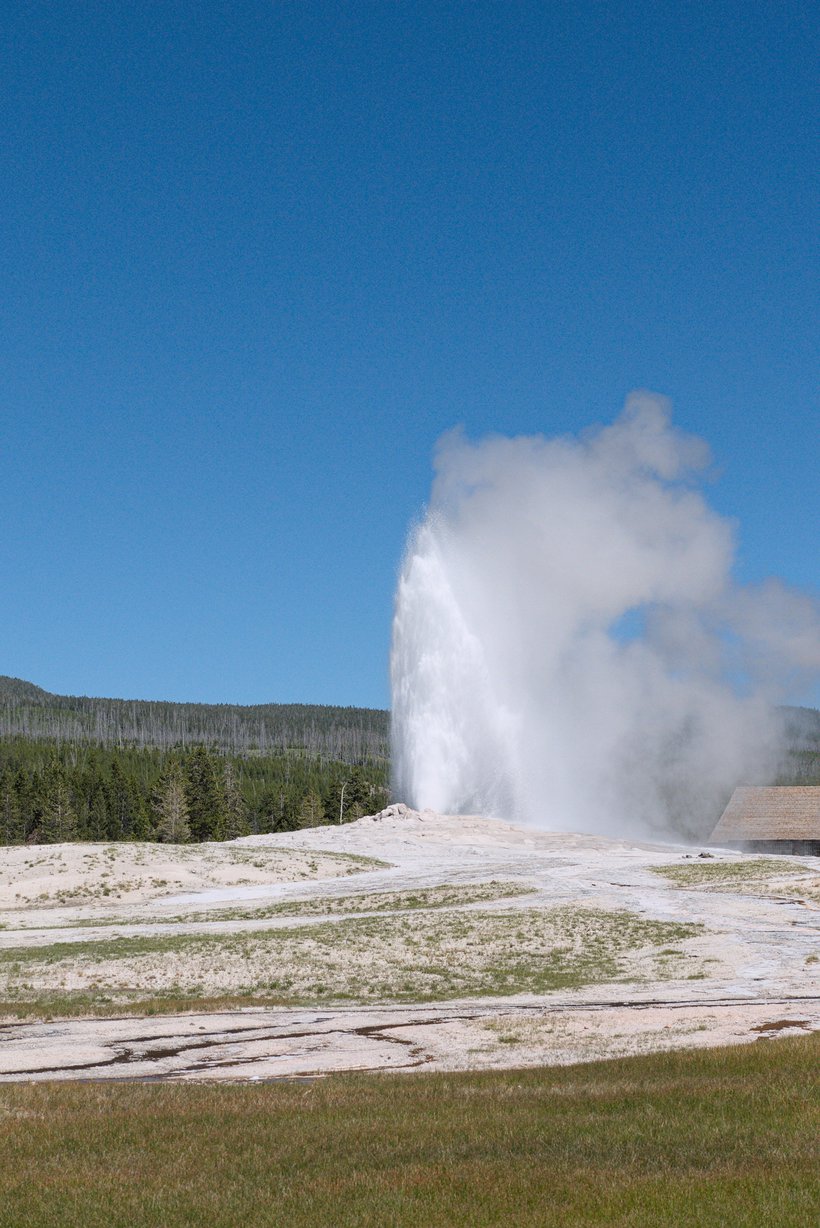

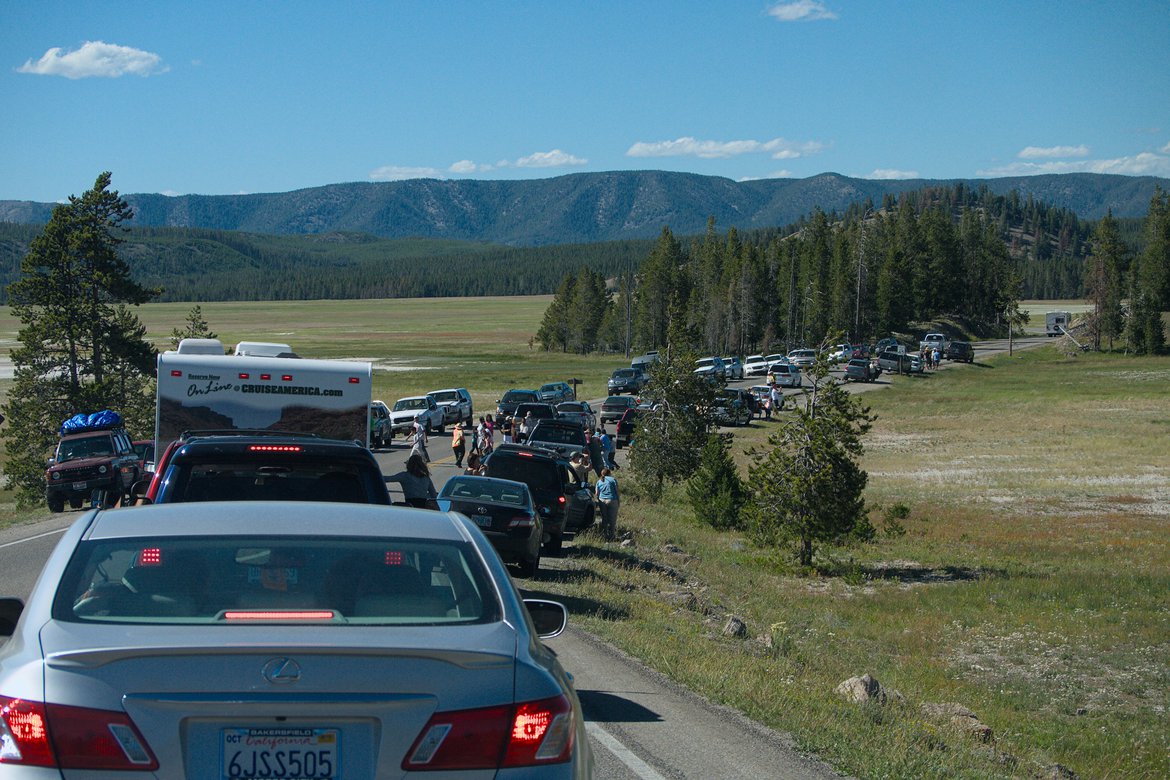
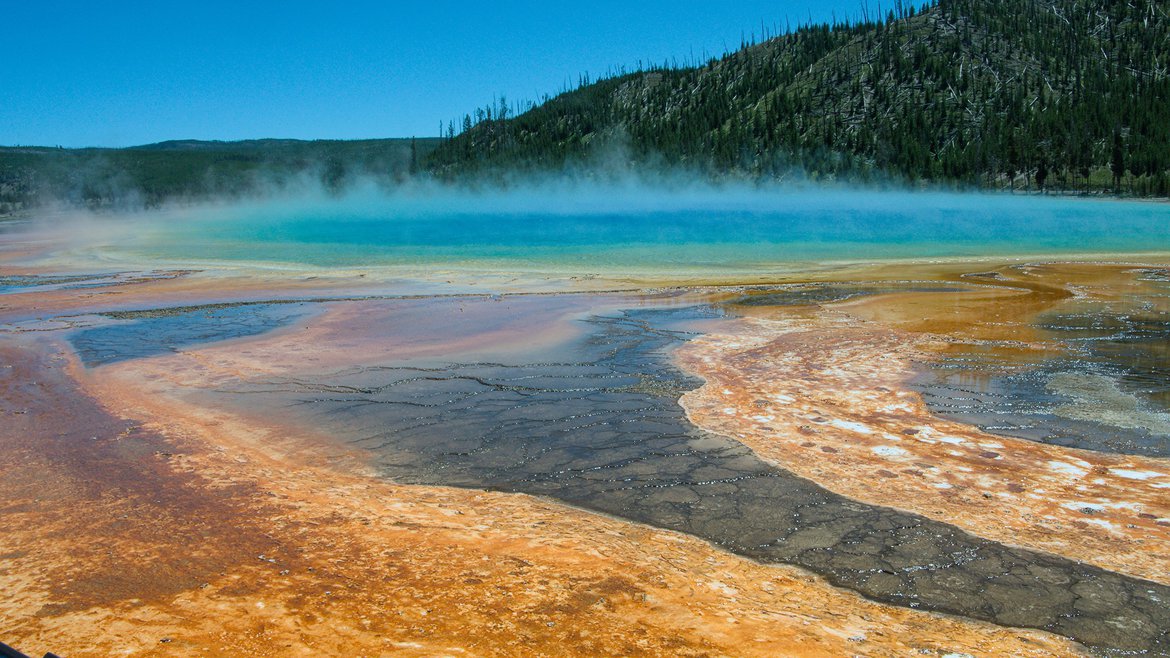

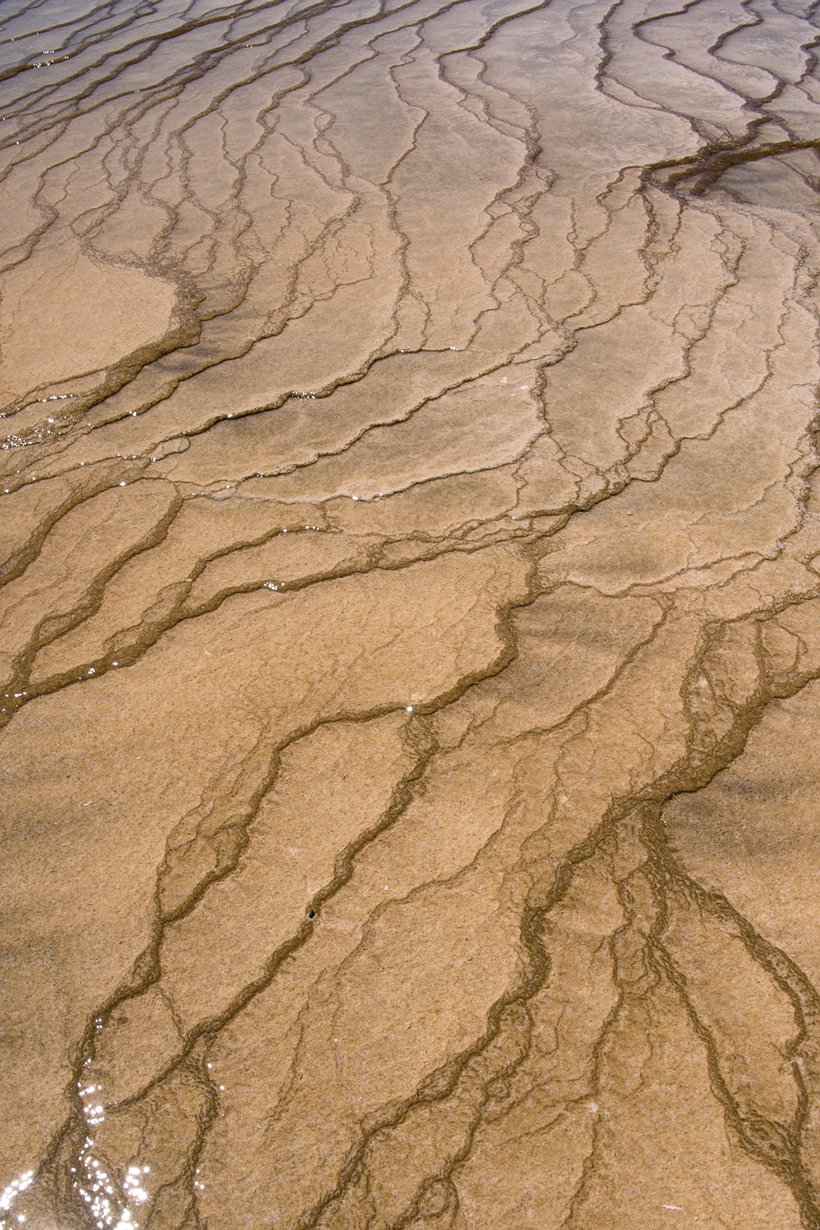
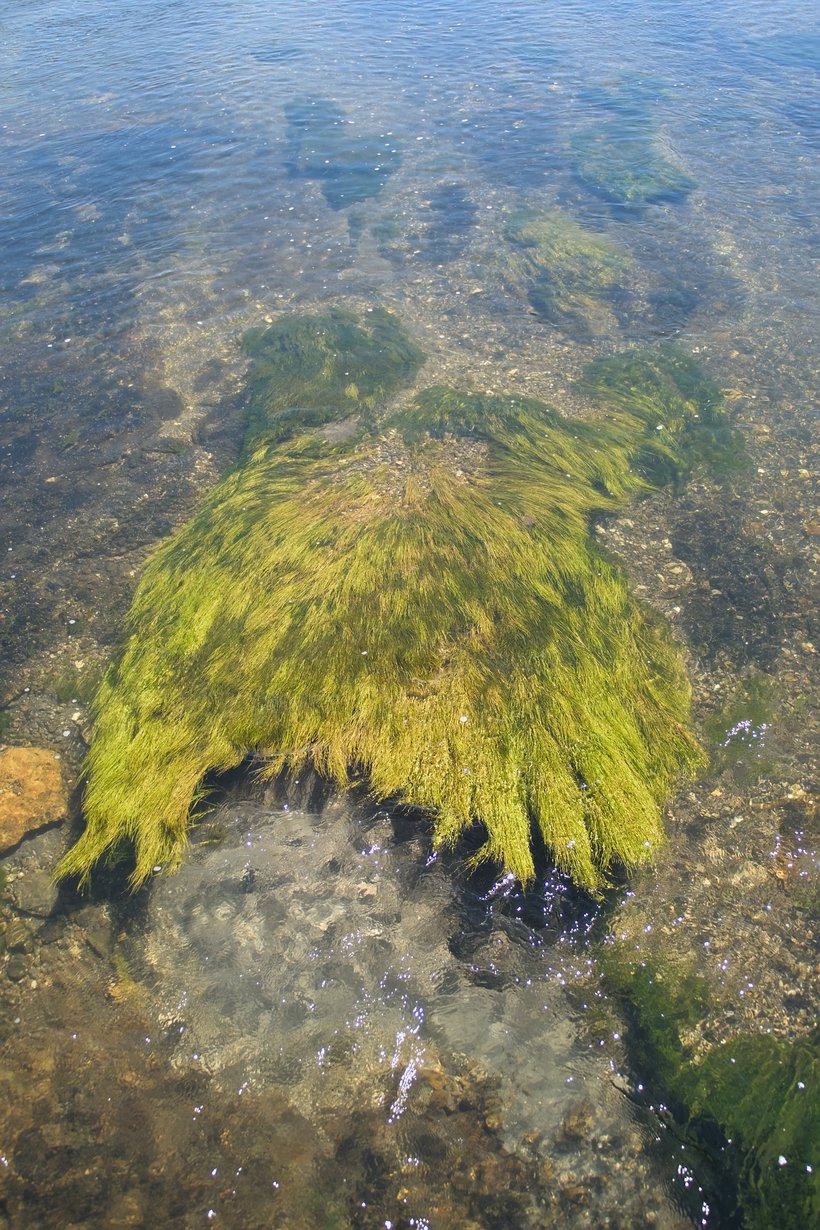
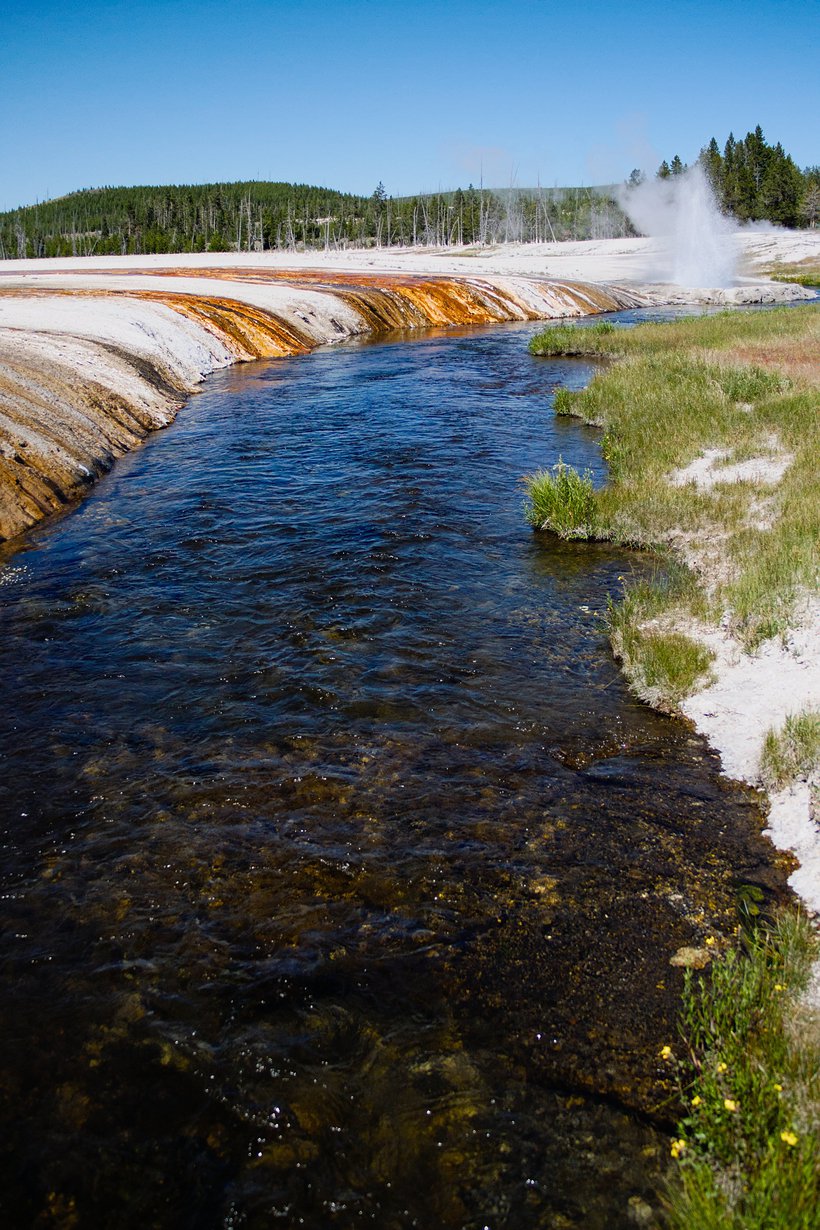
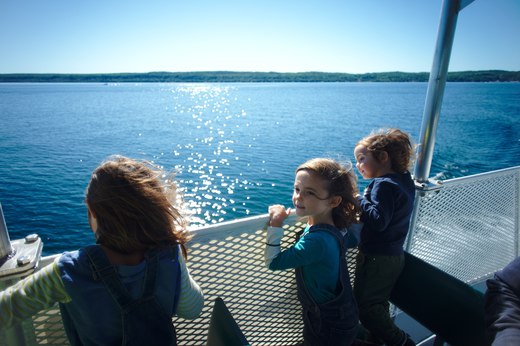
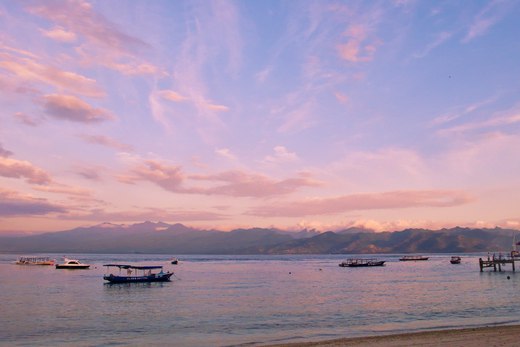
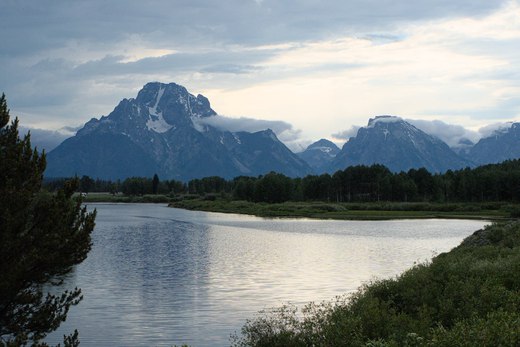
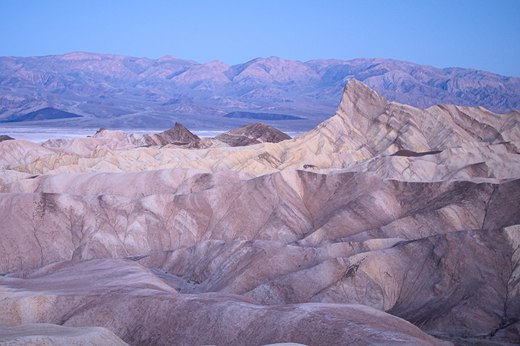
Thoughts?
Please leave a reply:
All comments are moderated, so you won’t see it right away. And please remember Kurt Vonnegut's rule: “god damn it, you’ve got to be kind.” You can use Markdown or HTML to format your comments. The allowed tags are
<b>, <i>, <em>, <strong>, <a>. To create a new paragraph hit return twice.